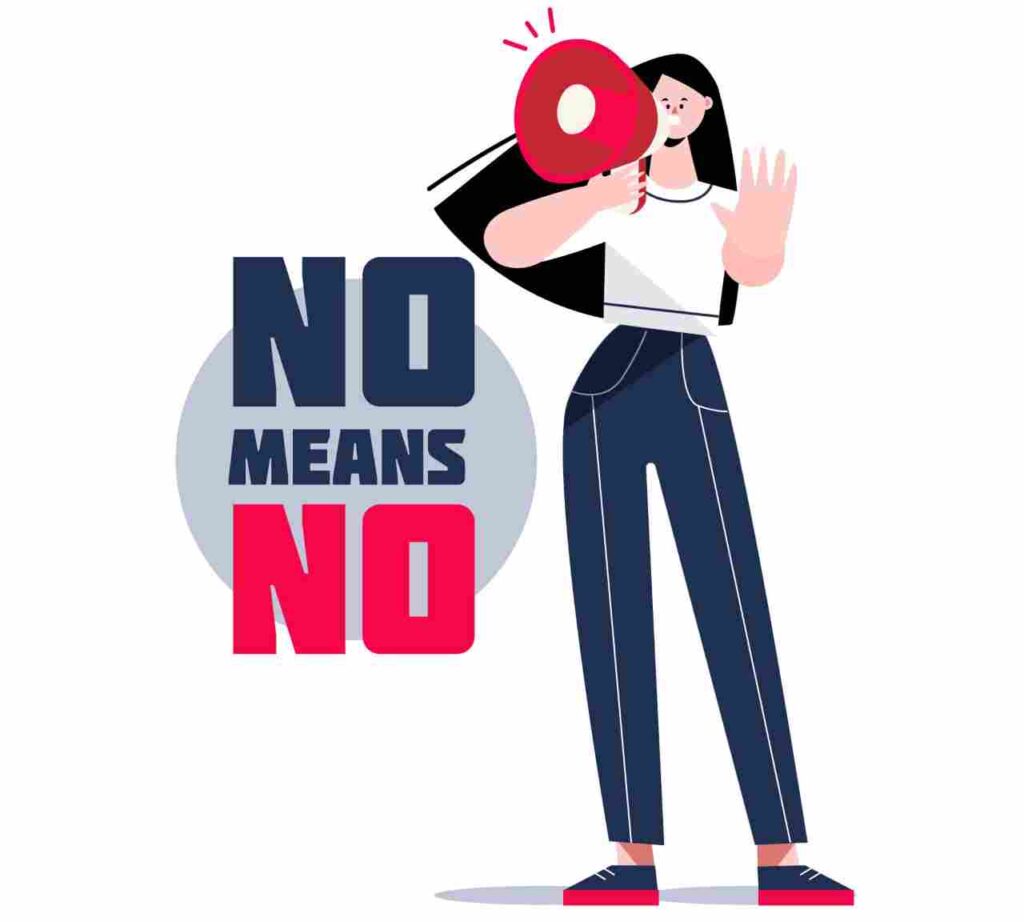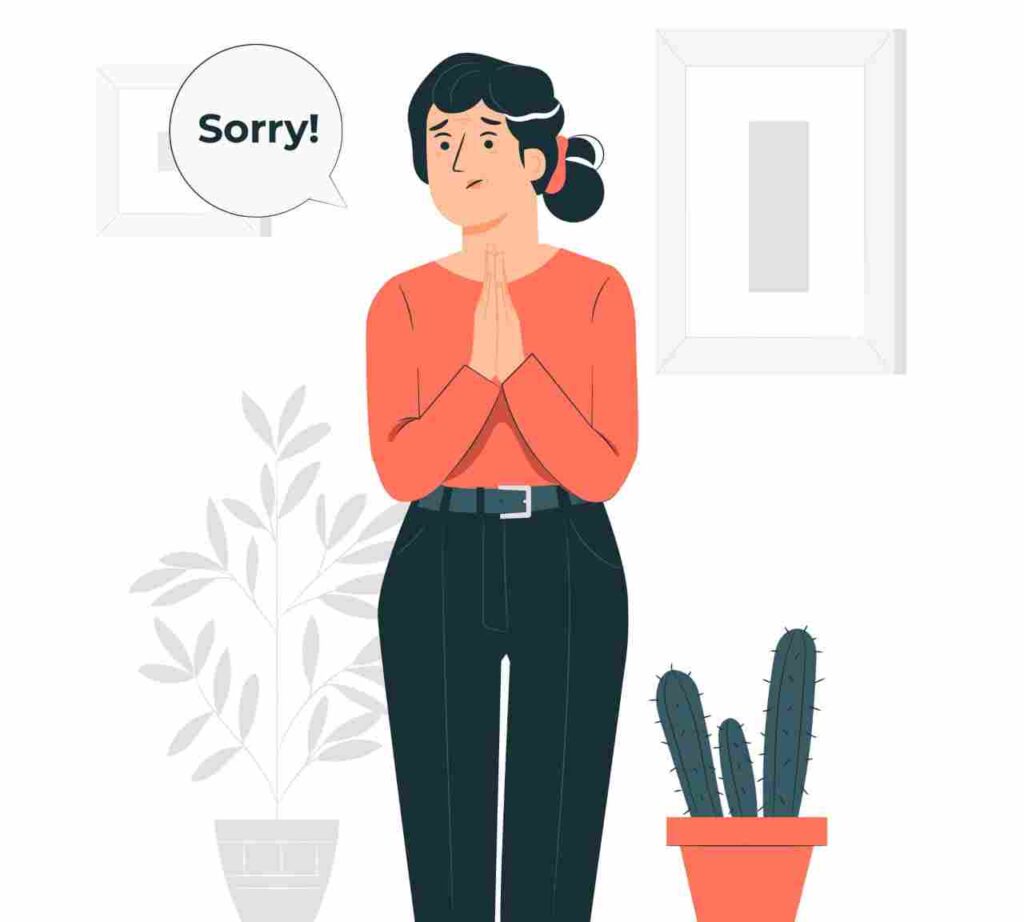Saying No; In a world buzzing with opportunities, demands, and endless to-dos, the art of productivity often feels like an elusive magic trick. We seek tools, methods, and hacks to optimize our time and output. Surprisingly, one of the most potent secrets to unlocking productivity lies not in doing more but in mastering the art of saying no.
Content

Understanding the Myth of ‘Yes’
We’ve been conditioned to equate success with being agreeable and accommodating, leading us to believe that saying yes to every request, opportunity, or commitment is the gateway to achievement. However, this mentality often leaves us stretched thin, overwhelmed, and unable to focus on what truly matters.
The Power of Prioritization
Productivity isn’t about doing everything; it’s about doing the right things. Saying no is a strategic tool for prioritization. It enables us to discern between what’s essential and what’s merely distracting. By declining non-essential tasks, we free up time and mental space to devote ourselves fully to the tasks that align with our goals and values.
Setting Boundaries for Success
Learning to say no is also about setting healthy boundaries. It’s about respecting our time, energy, and mental well-being. By establishing boundaries, we safeguard our focus, creativity, and overall productivity. Boundaries communicate our limits and prevent burnout, ensuring that we operate at our optimal level.
The Fear of Missing Out (FOMO)
One of the largest hurdles in pronouncing no is the concern of missing out. However, know-how that each ‘sure’ consists of an implicit ‘no’ may be empowering. Announcing no isn’t approximately missing opportunities; it is approximately choosing the excellent ones. It lets us commit absolutely to our chosen endeavors without diluting our efforts.
Crafting Your ‘No’
Saying no doesn’t have to be harsh or confrontational. It can be polite, respectful, and assertive. It’s about communicating effectively and offering alternatives when possible. Phrases like “I appreciate the offer, but my plate is full at the moment” or “I’m honored you thought of me, but I’m unable to commit right now” can gracefully decline while maintaining relationships.
Embracing Productive ‘No’s
Productivity isn’t solely about completing tasks; it’s about achieving meaningful results. Each ‘no’ is a deliberate step towards protecting our time, nurturing our priorities, and enhancing our productivity. It’s about consciously choosing our commitments rather than being driven by external demands.
The Ripple Effect of Saying No
Saying no isn’t solely about managing our own time; it also influences how others perceive and respect our boundaries. When we assertively decline tasks or commitments that don’t align with our goals, we set a precedent for valuing our time and priorities. This, in turn, encourages others to respect our boundaries, leading to more meaningful collaborations and reduced instances of unnecessary demands.
Saying No to Multitasking
Multitasking is often perceived as a skill, but in reality, it can diminish productivity. By saying no to juggling multiple tasks simultaneously, we embrace focused attention on one task at a time. This enhances efficiency and quality, producing better outcomes compared to spreading attention across various tasks.
The Liberation of Saying No
Even as initially daunting, saying no may be releasing. It allows us to manage our schedules and allows us to make investments time in self-development, private increases, and activities that deliver achievement. This liberation enables us to create an existence that aligns with our values as opposed to being dictated by way of external pressures.
Strategic Yes and No
Striking a balance between saying yes and no is crucial. Strategic ‘yeses’ are those that align with our long-term goals and passions, while thoughtful ‘nos’ protect our time and energy. By consciously deciding where to invest our resources, we maximize productivity and achieve a more fulfilling balance in life.

Fostering a Culture of Productive No
In workplaces and communities, fostering a culture where saying no is respected and understood is pivotal. Encouraging open communication about workload, priorities, and boundaries can create an environment where individuals feel empowered to say no when necessary, leading to a more sustainable and productive collective.
In Conclusion
Announcing no is a talent that requires exercise and a shift in mindset. It is no longer about rejecting opportunities but approximately consciously deciding on the best ones. Embracing the electricity of ‘no’ lets us take the rate of our lives, awareness of our priorities, and in the long run leads to more gratifying and productive lives.
The journey to mastering this artwork entails knowledge of our values, setting barriers, and expectantly making choices that align with our dreams. As we navigate our private and professional landscapes, the strategic use of ‘no’ emerges as a key aspect in the recipe for sustainable productivity and well-being.
FAQs :
Q: How do I discern between a worthwhile opportunity and a distraction?
A: Reflect on whether the opportunity aligns with your long-term goals and values. Assess its impact on your priorities before deciding.
Q: Is saying no a sign of weakness?
A: Quite the contrary. Saying no demonstrates strength, assertiveness, and a commitment to prioritizing what truly matters.
Q: Can saying no lead to a better work-life balance?
A: Absolutely. Saying no helps create boundaries, allowing for a more balanced allocation of time between work, personal life, and self-care.
More Drifting a Car : Amazing trick




